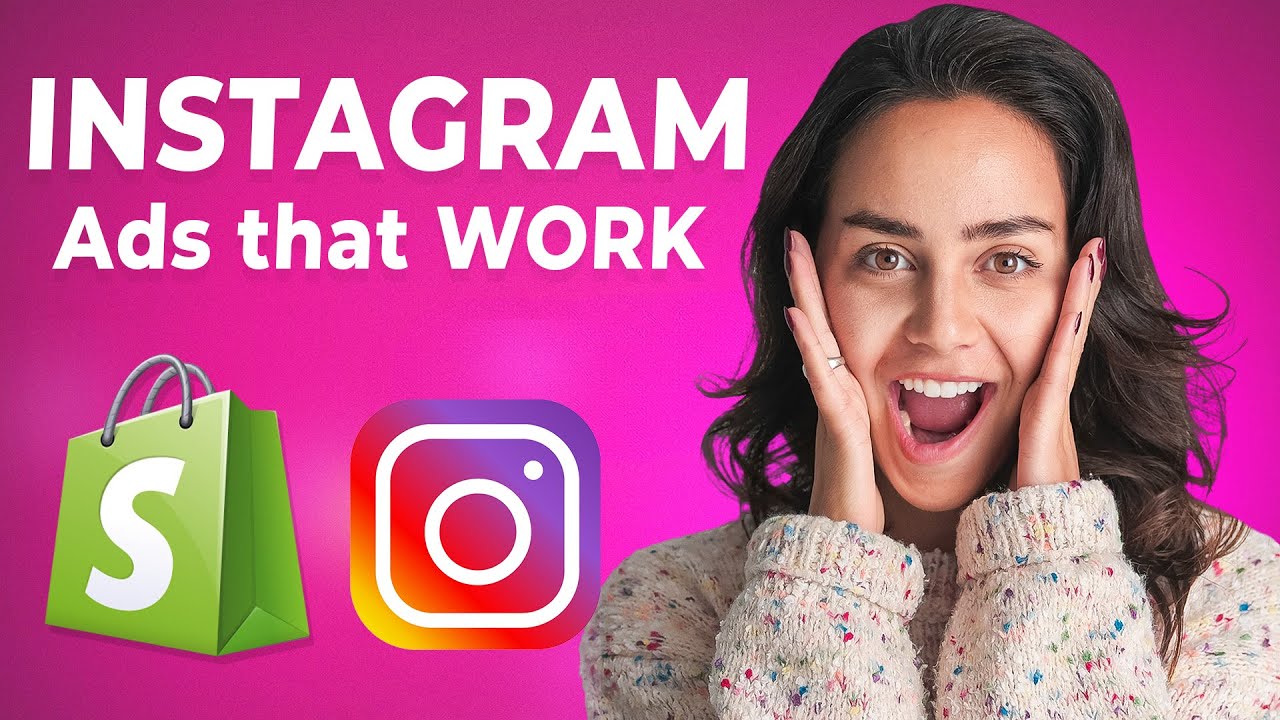Design Facebook Ad Graphics That Don't Get Ignored (7-Figure Ad Designs)
Summary
TLDRThis video educates viewers on crafting effective Facebook and Instagram ad graphics to overcome 'banner blindness.' It explains how our brains filter out ads and suggests strategies to create attention-grabbing ads. Tips include using unique and interesting elements for the target audience, avoiding common ad patterns, and blending in with organic content. The video also advises on leveraging current trends and native formats to enhance ad visibility and engagement.
Takeaways
- 🔍 The primary goal of ad graphics on Facebook and Instagram is to capture attention, halt scrolling, and encourage users to read the ad.
- 👀 'Banner blindness' is a phenomenon where users subconsciously ignore ads due to being overwhelmed with information.
- 🧠 Our brains naturally filter out what's not important, leading to ads being often overlooked unless they stand out effectively.
- 📊 Studies show that users tend to ignore the top and side areas of websites where ads typically reside, focusing more on central content.
- 📈 To overcome banner blindness, advertisers must create unique and engaging graphics that don't blend in with typical ad patterns.
- 🚫 Avoid using overly polished stock images or common design styles that users have learned to filter out as ads.
- 📱 Utilize native formats and styles that mimic organic posts on social media platforms to increase the likelihood of engagement.
- 🎨 Incorporate visuals that represent specific challenges or struggles of the target audience in an exaggerated yet relatable manner.
- 🌐 Keep an eye on current trends and popular formats on various platforms to adapt and incorporate them into your ad graphics.
- 📈 Use native formats like square or portrait images that align with the organic content style of Facebook and Instagram.
- 👍 For further improvement, combine effective ad graphics with compelling headlines to increase the chances of user interaction.
Q & A
What is the primary goal of ad graphics on Facebook and Instagram?
-The primary goal of ad graphics is to grab people's attention, stop them from scrolling, and encourage them to read the ad.
What is banner blindness and why does it affect ad graphics?
-Banner blindness is a phenomenon where people's brains filter out and ignore ads because they are trained to subconsciously detect what an ad looks like and then automatically disregard it.
How do people's brains filter out ads based on placement?
-People's brains have learned to ignore areas where ads typically appear, such as the top and sides of websites, because ads generally live in those places.
Why do ads in Facebook and Instagram newsfeeds need to be different from traditional web banners?
-Ads in Facebook and Instagram newsfeeds need to be different because they are integrated directly into the feed, unlike traditional web banners that are placed separately.
How do design patterns contribute to banner blindness?
-Design patterns contribute to banner blindness because if everyone uses similar design styles and patterns, ads start to look the same, making it easier for users to identify and filter them out.
What is the issue with using stereotypical stock images in ads?
-Using stereotypical stock images can be problematic because they are easily identifiable and often get filtered out by users who have learned to associate such images with ads.
Why do ads with landscape format images stand out in the wrong way on Instagram?
-Ads with landscape format images stand out in the wrong way on Instagram because most organic photos in the feed are square or portrait, making the rectangular ad images easily identifiable.
What is the key to creating ad graphics that stand out in a good way?
-The key to creating ad graphics that stand out in a good way is to include elements that are uniquely interesting and specific to the target audience, rather than just being bright or loud.
How can advertisers use visuals to represent challenges or struggles faced by their audience?
-Advertisers can use visuals to represent challenges or struggles by creating exaggerated images that are attention-grabbing and then using text to provide context and relevance to the specific audience.
Why are memes effective in ad graphics and how can advertisers use them?
-Memes are effective in ad graphics because they have become popular and are easily recognized. Advertisers can use memes that are specific to their industry to create highly effective ads by catching onto current trends.
How can advertisers get inspiration for ad graphics from other platforms?
-Advertisers can get inspiration for ad graphics by looking at what's working on platforms like YouTube, Instagram, and TikTok, and adapting those trends and formats to their Facebook and Instagram ads.
What is the recommended format for Facebook and Instagram ad graphics?
-The recommended format for Facebook and Instagram ad graphics is to use square images or portrait type, which is 1080 by 1350 on Instagram, to blend in with the organic content.
Outlines

This section is available to paid users only. Please upgrade to access this part.
Upgrade NowMindmap

This section is available to paid users only. Please upgrade to access this part.
Upgrade NowKeywords

This section is available to paid users only. Please upgrade to access this part.
Upgrade NowHighlights

This section is available to paid users only. Please upgrade to access this part.
Upgrade NowTranscripts

This section is available to paid users only. Please upgrade to access this part.
Upgrade NowBrowse More Related Video

Cómo escribir el COPY PERFECTO para Facebook Ads.

How to Set Up a Meta Business Manager Account (Facebook Business Manager)

How To Advertise on Instagram in 2024 (Complete Tutorial)

How to Actually Optimise your Facebook Ads for Dropshipping

Cara Gampang Buat Iklan Facebook & Instagram dengan Meta Ads (Part 1/2) - Berdu.id

How to Promote Your Music on Spotify with Facebook Ads (Full Guide)
5.0 / 5 (0 votes)